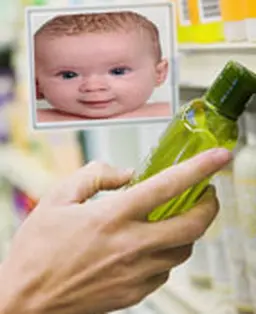
They affect more than one woman out of two and represent the most worrying skin problem for pregnant women: although they look ugly and often prove irreversible when they are established (on the abdomen, breasts, thighs, hips…), stretch marks are not necessarily inevitable. The processes involved in their formation are now better known, which helps prevent them more efficiently.
According to a study conducted in 2014 by the IFOP, the French Public Opinion Institute*, one of the main concerns for 60% of pregnant women is to prevent the skin problems resulting from the change their bodies undergo, in particular not to keep traces or marks of pregnancy (58%).
Among those, stretch marks worry 71% of women, and 36% declare they have been an issue when they were pregnant. And they are even more worrying because once they have settled, they are almost impossible to remove completely.
How do they form?
Here is a short anatomical reminder with dermatologist Clarence de Belilowsky, who highlights the importance of the dermis in the formation of stretch marks. It is actually in this layer that the skin’s support fibres can be found, like collagen and elastin, which ensure its elasticity and resistance to stretching, and which are synthesized by fibroblasts, the cells in the connective tissue. Fibroblasts are also responsible for the formation of fibronectin, a glycoprotein that plays a key role in the adhesion of the cells to the extracellular matrix.
And during pregnancy, fibroblasts undergo several types of stress that disturb their good functioning.
Hormone surge
It is a well-known fact …













